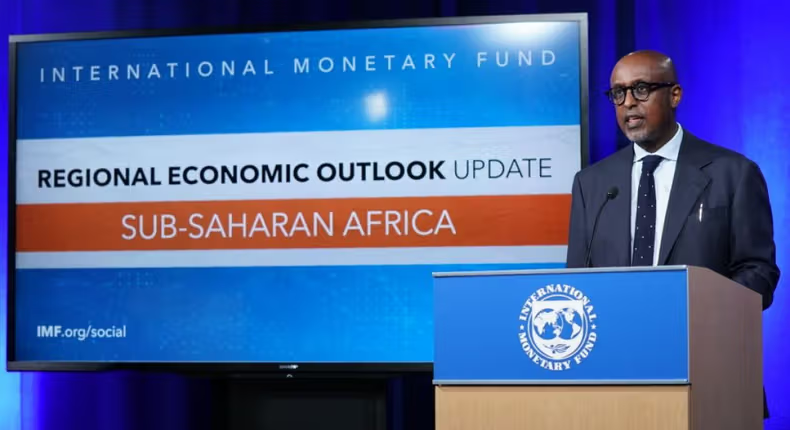In a time when many African nations are grappling with rising debt burdens, a few stand out for their low levels of borrowing from the International Monetary Fund (IMF). As of July 2025, updated IMF data shows that some countries on the continent have managed to keep their outstanding credit at impressively low levels, reflecting strong fiscal management or limited reliance on external financial support.
Leading the list is Eswatini, with only about
$9.8 million
Lesotho follows closely with
$11.66 million
Comoros ranks third with
$19.88 million
São Tomé and Príncipe comes next with
$27.15 million
Djibouti holds
$31.8 million
Guinea-Bissau has
$51.17 million
Equatorial Guinea reports
$51.50 million
Cabo Verde holds
$72.12 million
Somalia has
$87 million
Namibia rounds out the list with
$95.55 million
These figures highlight a notable contrast to the growing debt levels seen in many parts of the world and even within Africa itself.
It’s important to note that this list reflects only outstanding IMF credit and not overall public debt. Some countries like Botswana, Libya, and Eritrea, for example, report zero IMF credit because they haven’t borrowed from the institution. However, that doesn’t necessarily mean they are debt-free in general terms.
Keeping IMF debt low can offer several benefits. It gives countries more policy flexibility, reduces dependence on external conditionalities, and can help strengthen investor confidence. For smaller economies, especially those vulnerable to external shocks, limiting IMF borrowing may also preserve sovereignty over economic decision-making.
In today’s financial climate, where debt sustainability is a growing concern, these ten African countries serve as examples of cautious borrowing and financial discipline. Their ability to maintain minimal IMF debt positions them favorably as they continue to pursue economic stability and development goals.


